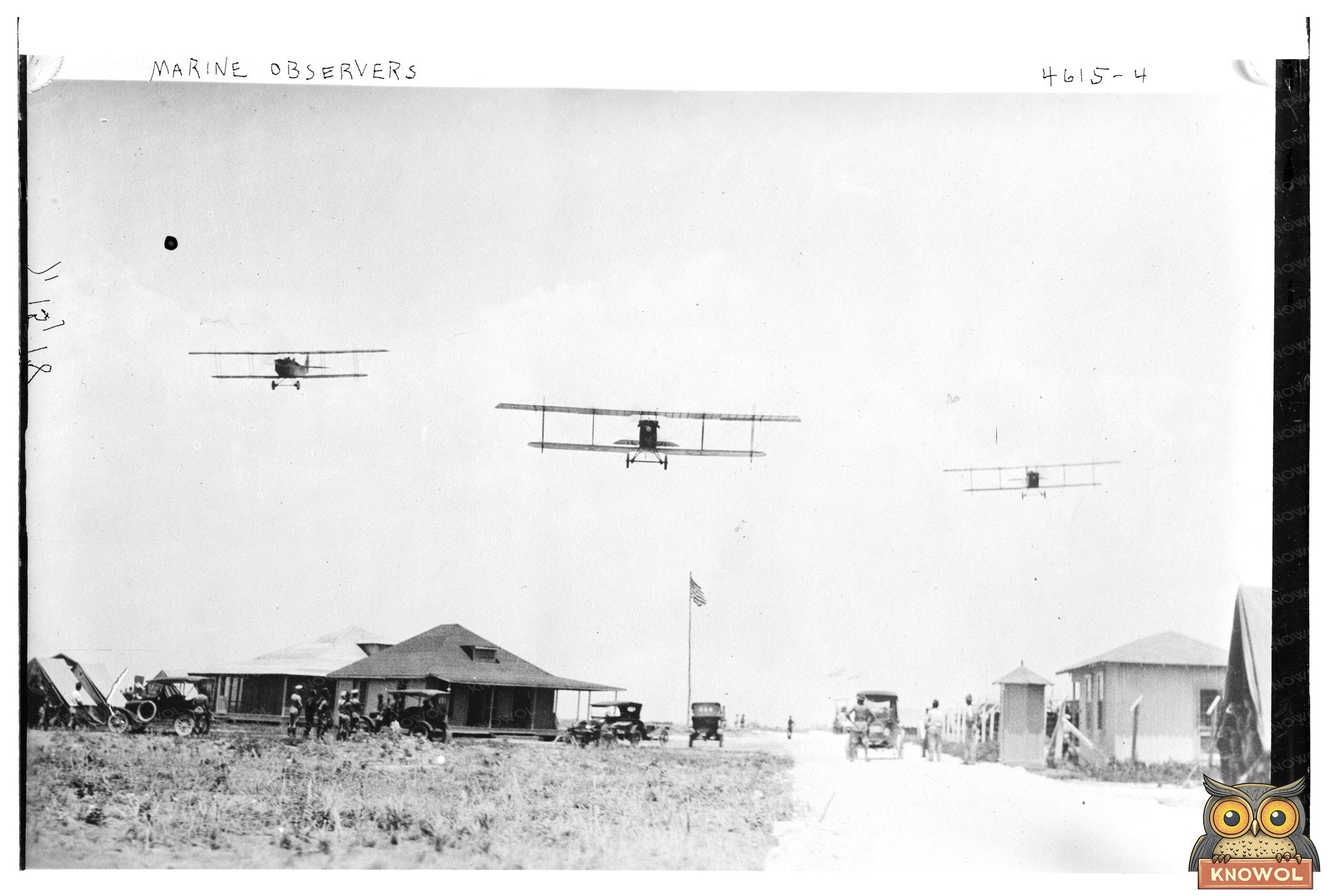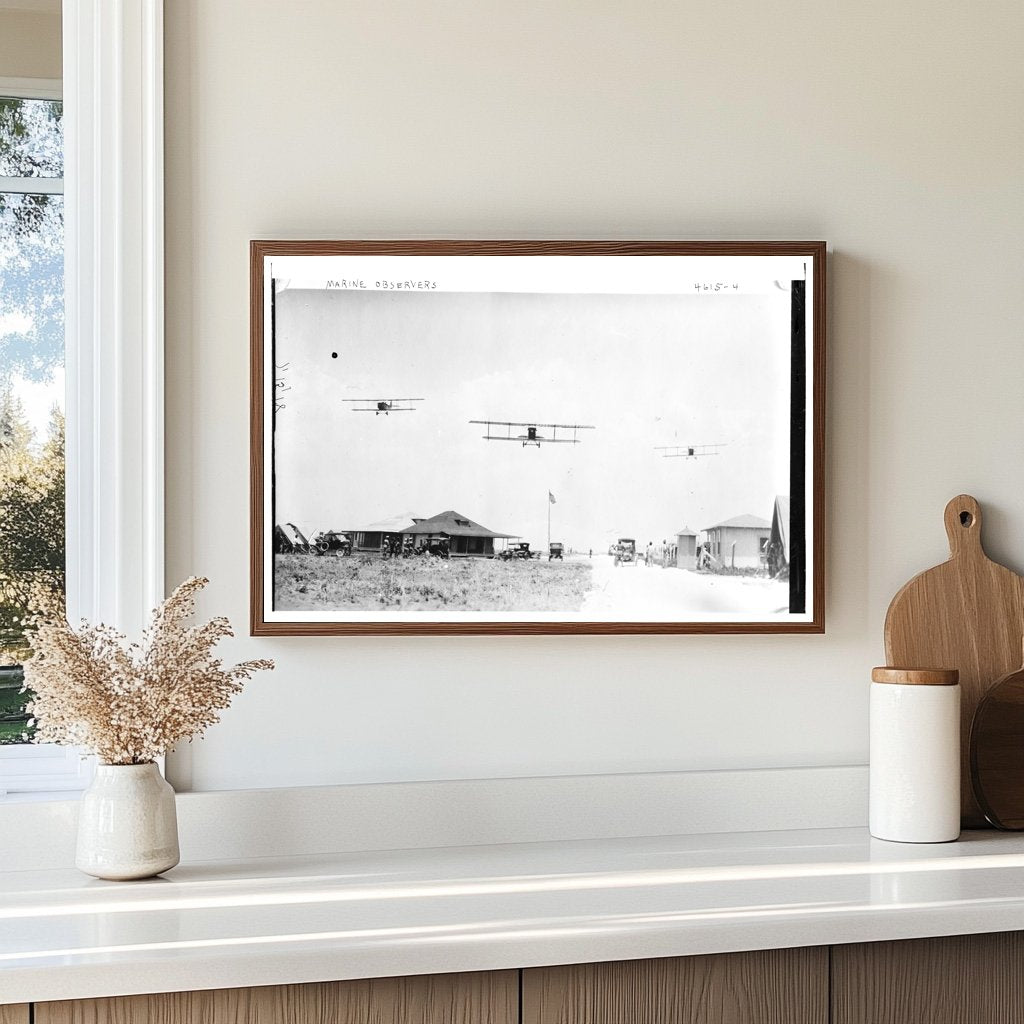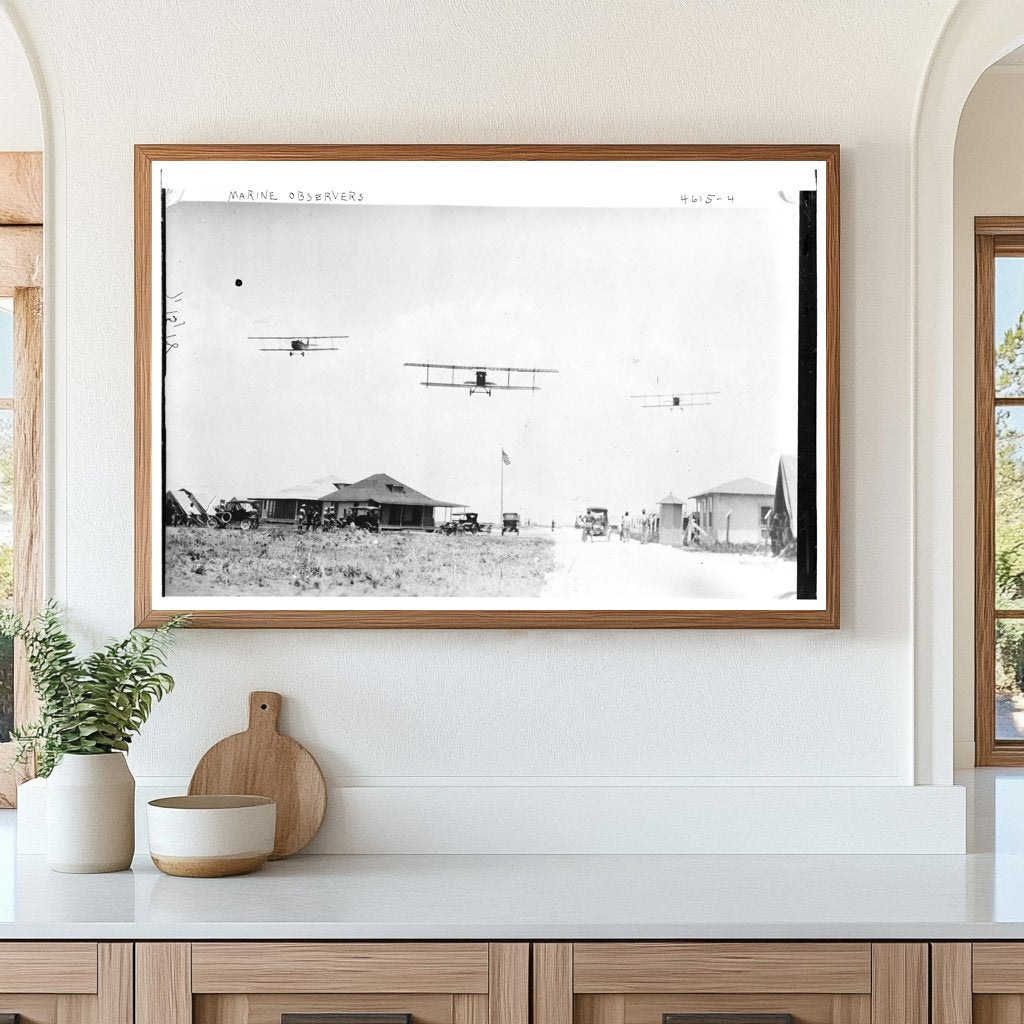


1918 Marines at Work: Key Observers of Naval Strategy
This photograph captures marine observers at work in 1918, right at the tail end of World War I. During this crucial period, marine observation played a vital role in naval strategy and tactics. Observers were tasked with gathering intelligence about enemy vessels and coastal defenses, helping to inform decisions made by military commanders. The detailed reports produced by these observers contributed significantly to the effectiveness of naval operations.
The image highlights a pivotal aspect of naval warfare in the early 20th century. As the war escalated, the importance of accurate and timely intelligence became apparent. Observers often worked at sea or on coastlines, using tools such as binoculars and signal flags to relay information back to their ships and bases. This process proved essential for coordinating attacks and defending against enemy maneuvers. In a war characterized by rapid technological advancements, the work of these individuals exemplified the shift towards a more strategic approach in military operations.
Capturing a moment in history, this photograph serves as a reminder of the essential roles played by those who operated behind the scenes during the war. Their contributions helped shape the outcome of naval engagements, and their work laid the groundwork for modern naval intelligence practices.

1918 Marines at Work: Key Observers of Naval Strategy
